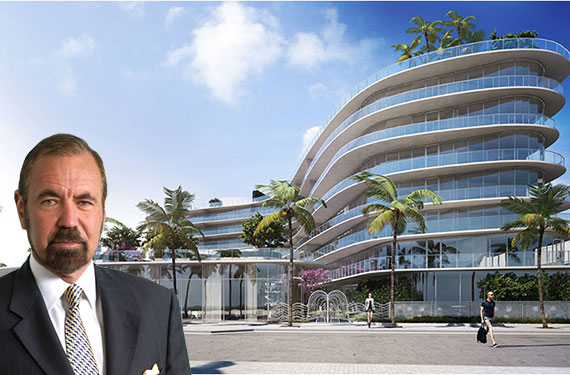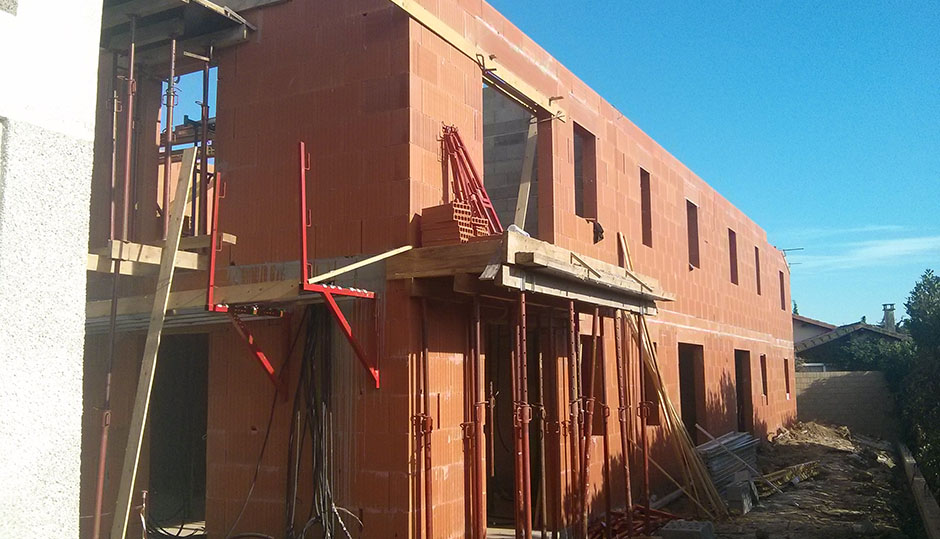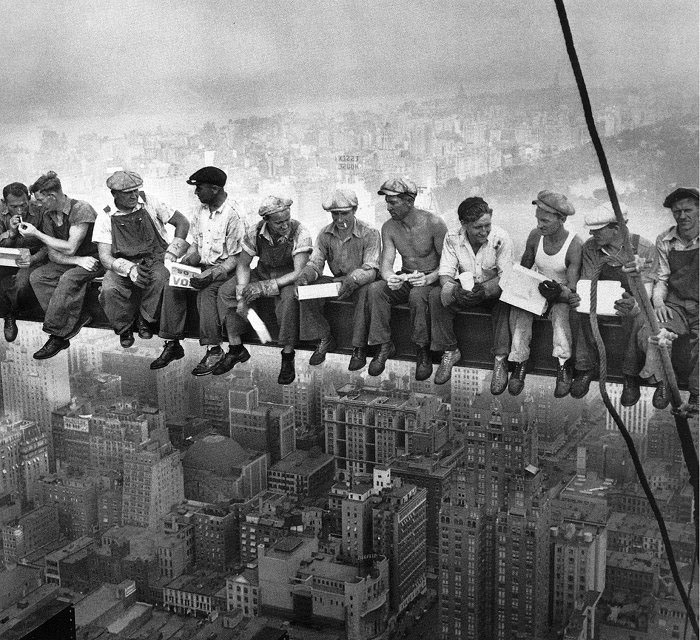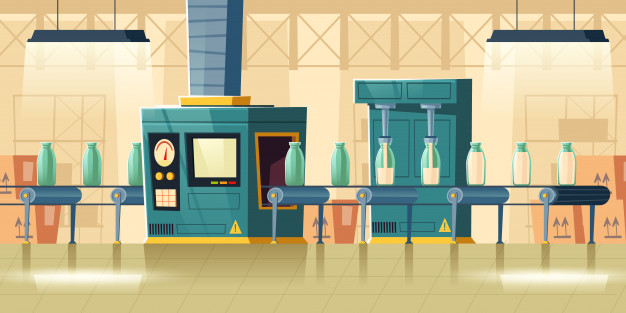Comme indiqué dans la première partie de cet article, je vais me focaliser aujourd’hui sur les astuces marketing et vente issues de l’excellent livre Powerhouse Principles de Jorge Pérez. De tous les livres sur l’immobilier que j’ai lus cette année, ce livre et cette partie en particulier sont peut-être les éléments les plus intéressants. Jorge Pérez est en effet connu pour être un très bon vendeur et il livre ses recettes en détail.
Note : je ne traduis pas les citations originales, pour cela Google Translate fait un excellent travail.
Marketing
We are immense believers in market research. Immense believers. And in being great imitators. We have no qualms about imitating what we think is great. […] When I do a job, I break the market analysis into two main components. One is macroanalysis. The other is micro-market analysis. On the macro level, I look at overall market forces; on the micro level, I zero in on the competition in the specific area around my project.
The microanalysis is one in which you study the immediate area you’re in. You study the competition. You go and see how many building permits are being pulled. What is the existing competition today? How many apartments are there? What are the rents? What are the sizes? What is the occupancy? What amenities are being offered? Are they giving discounts on their units because there is an oversupply? You can always tell when there’s an oversupply because you’ll see signs that say one month free rent, come in and no deposit down. Whenever you’re seeing that, it means the market is imbalanced.
The microanalysis helps you determine if the product you’re putting on the market is going to be consumed or not and at what rate and price it’s going to be consumed. You look at the demand side, household formation, and income, and from the supply side, the number of building permits and the number of units that are being done. From that you’ll be able to see if there are enough buyers and if the demand exceeds the supply. If that’s the case, then the imbalance is in your favor and you should definitely move forward with the project.
We did constant market research. When you do that, you find what the consumers’ preferences are and where you should be putting your marginal money to produce the most effect. You need to spend the money on work that can be seen, that will produce additional revenues.
A good macro- and microanalysis also helps you see where the market is headed, so you can get ahead of the crowd. Remember, the people who make the most money are the ones who go in early. I said it before: You’ve got to catch that wave as it’s going up. You can’t buy when it’s peaking or at the top. If you do, you will get hurt.
Commençons par la base : une bonne étude de marché se divise en 2 composantes. Chez Lymo, nous faisons celle à l’échelle de l’agglomération (quels sont les grands équilibres du marché local ?) et celle à l’échelle du quartier (par exemple, quels sont les prix de mes concurrents directs sur la zone ?). Ceci est suffisant pour nous. On parle là de marketing opérationnel, mais le rôle du marketing plus globalement est d’identifier des anomalies de marché, c’est à dire des segments de marché où par exemple la demande est plus grande que l’offre. Jorge Pérez le rappelle : c’est en menant ce genre d’études que vous pourrez identifier des anomalies et y répondre tôt, avant les autres.
I’m always telling my people, understand who it is you’re selling to. […]When you know your customer, you’ll also know where to find your customer. […] No one should know your product and target market better than you, and you must never forget that.
Typically, people have a mind-set. They know what they like and they know what they want. To sell them, you have to find out what that mind-set is, then show them how what you’re selling fits perfectly into their mind-set.
Let me take you back to the very beginning. When I started out renting buildings, we would ask our customers to fill out questionnaires that would ask: What did you like? What didn’t you like? Please rate them on a scale of one to five. What is important and what is not important?
Recommandation classique : bien connaître ses clients. Et précisément : se mettre à leur place. Ce n’est pas toujours un exercice facile quand comme Lymo nous travaillons dans plusieurs zones géographiques différentes.
More directly, on a building the extra touches are the ones that make or break your reputation. I focus on landscaping, color schemes, and decor.
Obviously the building has to meet standards and codes and everything else, but what sells it is bathrooms, kitchens, flooring, landscaping, and amenities, those things that are highly visible and that people consistently note as higher priorities.
We realized that amenities were very, very important. In condos, for example, I’ve found that people are really, really concerned about the first impression not only that they have but that their friends have when they come see the lobby.
I do presales like crazy to find out if there’s a strong demand for the product I’m offering before I take the heavy-money plunge. And I always try to give myself a backup plan. I always try to buy smart. I want to be sure the land I am buying is well priced enough so that if the job is not successful, I can still sell the land and cover my costs.
Une fois que l’on a fait l’étude de marché, comment être sûr de plaire au client ? D’une part en systématisant les pré-ventes pour « sentir » le marché (ventes à des prix inférieurs pendant un temps limité par exemple) et d’autre part en mettant de l’argent sur les détails qui plaisent vraiment au client.
Vente
Most people think that after you’ve made your plan, found the property, and secured the loan, the next step is building it. It’s not. First you sell it, and then you build it.
I’m a developer, yes, but the reason I’ve been so successful is because I’m a good salesman. Early in my career I figured out how to get people to buy. As I got better, I figured out how to get them excited enough that they would line up just for a chance to buy. Over the years, we’ve perfected those methods and standardized our process so much that now, in some very successful openings, we don’t just get people to line up—we get them to beg us to take their money, literally.
During the predevelopment stage, it is very easy to fall into the trap of throwing money into something without having certain fundamentals secured. We tie our spending to our achievements: If our ads and direct contacts draw interest from enough potential customers, then we build our sales center. If enough people make reservations to buy, then we hold our invitation-only, pre-grand opening sales events—many times in a temporary tent. When we get deposits from enough people, then we build. We spend some, then we spend more as the risk is reduced.
Tout l’art de la vente en immobilier est de bien adapter le budget marketing au niveau de sécurisation du projet : il ne sert à rien de dépenser des fortunes (images 3D, vidéos, etc…) si le projet correspond parfaitement à ce que veut le marché, et en tout cas il ne faut pas dépenser avant d’avoir sécurisé le projet.
One of our goals with every job is to sell fast. Most people focus on maximizing their profits. They want to make as much as they possibly can from every job. We’re willing to give up some money to get it sold quickly. Our objective: Get in and get out as soon as possible.
One of the ways we do that is we sell at slightly below-market rates. Instead of trying to make the most money possible on each unit, we make the project attractive to investors and to people who are just looking for a good deal. We know what the market is.
But what’s worked for us is not the maximizing of any one project, but moving product as rapidly as we can so that we can go on to the next project. To do that, I will leave money on the table. I will say, “I don’t want to price myself like the guys at the very top who are selling two units a month. I want to price myself below them and still make my margins.” […] You need to find the balance between volume and profitability. You may not make $5 on every bike you sell. But if you make $4 and you sell ten more bikes, you made $40 more.
So, for example, if my competitor is at $10 and I can sell at $9, I try to find that $1 savings in my construction costs. I still make the same mark-ups as the guy who’s charging a higher price because I can deliver the products cheaper without losing quality. Some might work it both ways—save the $1 and still charge the $10—to make the most money. My goal is not to totally maximize the profit. We leave money on the table, for two reasons: One, we’re going to have a more satisfied customer; and two, it allows me to move forward and start concentrating on other jobs. […] Because you’re doing more volume, you’re able to cut better deals with your subs and general contractors because they know they’re going to have a lot more to build with you.
Là, nous rentrons dans une analyse très intéressante. Comme vous le savez si vous lisez ces lignes, la promotion immobilière connaît des cycles parfois brutaux, et plus les projets sont courts, plus le risque est faible de rentrer dans une période défavorable. Jorge Pérez va donc préférer vendre vite mais pas forcément très cher, pour aller plus vite. Et en faisant beaucoup de projets, il assure à ses sous-traitants du travail récurrent, et ces derniers peuvent donc baisser les prix, ce qui permet à Jorge Pérez de récupérer les prix perdus en vente.
People want to buy from people who are extremely knowledgeable, who can answer their questions. […] Don’t leave your sales process up to your staff. Establish your procedures and make sure everyone follows them. […] You need to really sell your salespeople before they can be effective. […] They have slightly different names for the five steps, but they have the same concept about the path to a sale: 1. Develop awareness. 2. Build interest. 3. Create desire. 4. Create want. 5. Create need.
But Playground [NOTE : Playground est le nom d’une société réalisant la commercialisation pour Jorge Pérez] also peeled it back another layer and looked at the emotions connected to each of those steps, something they describe as the “magic versus logic” of the sales process. They say you have to: 1. Create unique opportunity. 2. Create a sense of privilege. 3. Create credibility. 4. Create perception of value that exceeds price. 5. Create fear of loss. I agree totally
As opposed to opening up the sales office and putting in an ad and saying, “grand opening,” I hit as many people as I can with this VIP concept: “You’re a very important person. You are one of the chosen ones. Before the general public, first come the chosen ones.” […] Through a series of e-mails, mailers, broker contacts, people who we know are interested in buying for whatever reason, we let them know this is coming. “But,” we tell them, “you can’t buy yet. You can’t buy it, but I’ll let you sign in. We’re establishing a priority list. You can be on it. Give us your name.” […] You want to create that excitement. You want to build the crescendo to the act.
But seeing how many of the people who visit sign up for reservations also gives us another way of gauging how successful the project is going to be. It is a sure sign of how things will go at the sales event. […] After a certain number of sales, it goes up to a higher price. And it does it almost automatically in the computer. I want no mess-ups there. So when 20 percent of the units go, it bumps. When a certain number more go, it bumps up again. […] But even before that we can understand if we priced something wrong. If everybody starts coming in to make reservations and 90 percent of them want a certain type of unit, immediately we bump the price on that unit type.
As we’re selling, we only release certain numbers of the various con figurations and locations in the building, so my best units don’t go first. You never want to release all the waterfront units, for example. Because what happens? All your best units are gone, and all of a sudden all you have are the less desirable ones that don’t sell as well. So we release by price and by sectors, to make sure my building is all getting sold evenly.
Jorge Pérez explique ici toutes ses astuces de vente, qui peuvent être résumées en une phrase : créer une excitation et constamment s’adapter à la demande. En guise de conclusion, voici les principes clés de cet artcile : • Spend some, but only spend more when the risk is reduced. • Understand your buyer. Give him what he needs to commit. • People buy from people. The messenger is as important as the message. • No one knows your product and your target market better than you. • Nurture your customer’s dream.







Laisser un commentaire